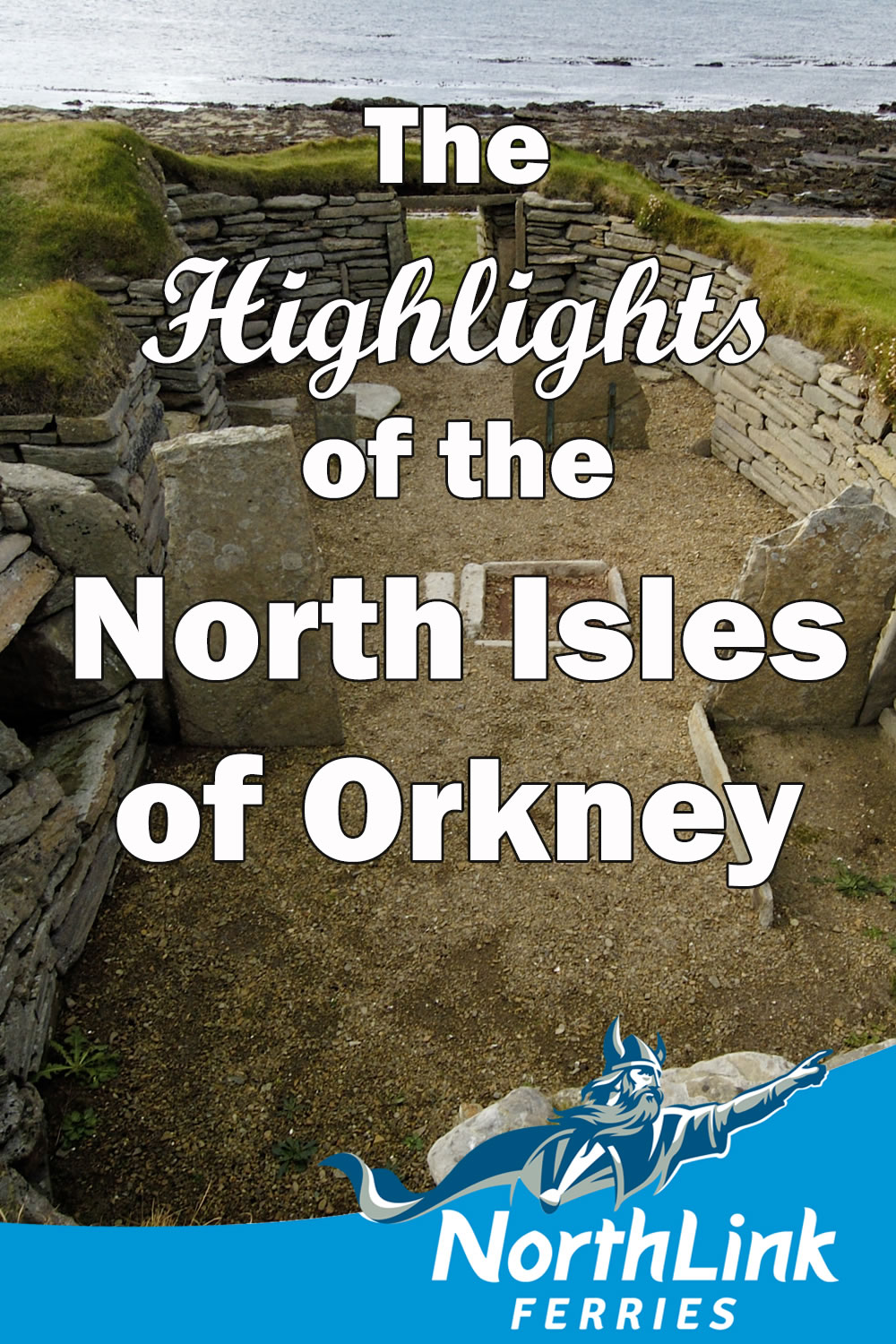The Highlights of the North Isles of Orkney
We love visiting Orkney’s North Isles; each one is quite different from the other and from the Orkney Mainland.
Sanday is so named for its beautiful sandy bays, and Rousay is known as the Egypt of the North for its treasure trove of archaeological sites. North Ronaldsay is surrounded by a perimeter dyke which keeps the islands’ sheep off the farmland and on the beach. Eday is a heathery haven for birdlife and Stronsay has acres of farmland. Egilsay and Wyre both featured in the Orkneyinga Saga and there’s a Victorian Castle in Shapinsay. Westray is known as the best place in Orkney to see puffins and Papa Westray you’ll find the oldest buildings in Northern Europe.
The Old Beacon and lightkeeper’s dwellings in North Ronaldsay were constructed in 1789, and it was the first lighthouse in Orkney, lit by a cluster of lamps burning oil.
A trip to any of these islands is extremely rewarding and you’ll find much to do. However we thought it would be interesting to pick out one place; the one thing you must see when visiting; a highlight for each of North Isles. We hope you agree with our choices below!
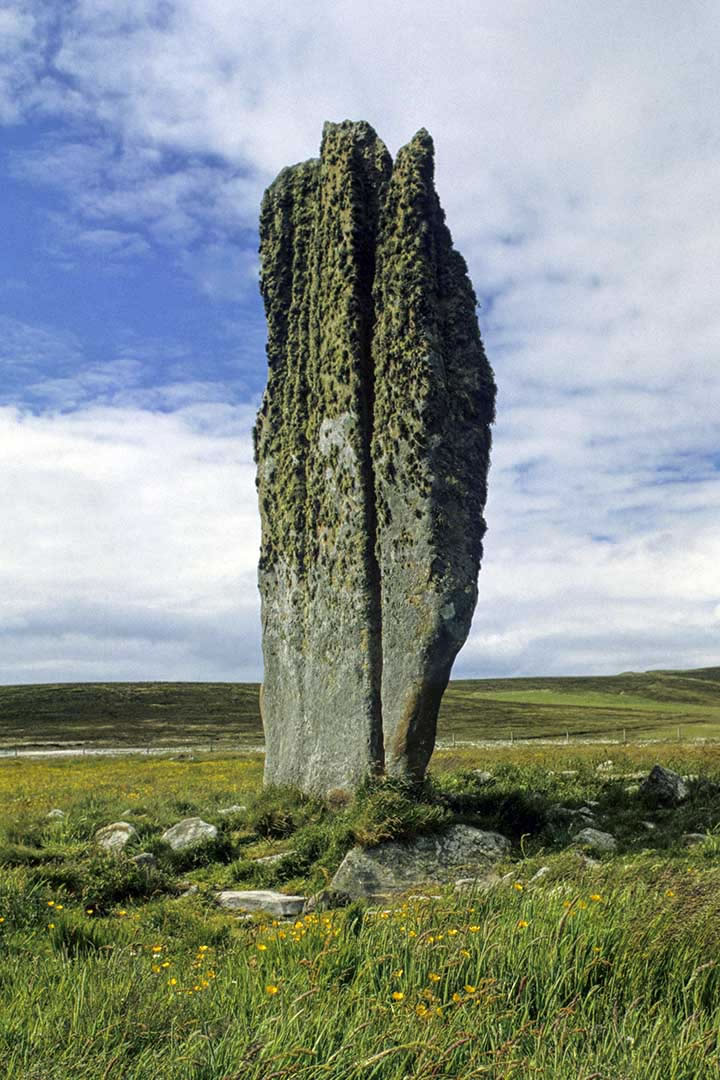
The Stone of Setter, Eday
Located in a central position in Eday, surrounded by chambered cairns and backed by Calf Sound, the Stone of Setter is a massive Neolithic standing stone; the tallest in Orkney. It’s in quite an atmospheric position; standing alone in a heathery moorland; a focal point in the landscape.
It’s tricky to describe how big the stone is until you see it for yourself; the Stone of Setter, at 4.5m tall, dwarfs the stones at the Ring of Brodgar (and most visitors) and is hairy with lichen. Centuries of weathering means that it has been eroded from the top, giving it a distinctive profile.
We’d highly recommend topping off your visit to Eday with a walk to Mill Loch (filled with Red-throated Divers), Vinquoy Chambered Cairn, the Red Head (the red sandstone cliffs here provided the building material for St Magnus Cathedral) and historic Carrick House. The airfield in Eday is called London Airport!
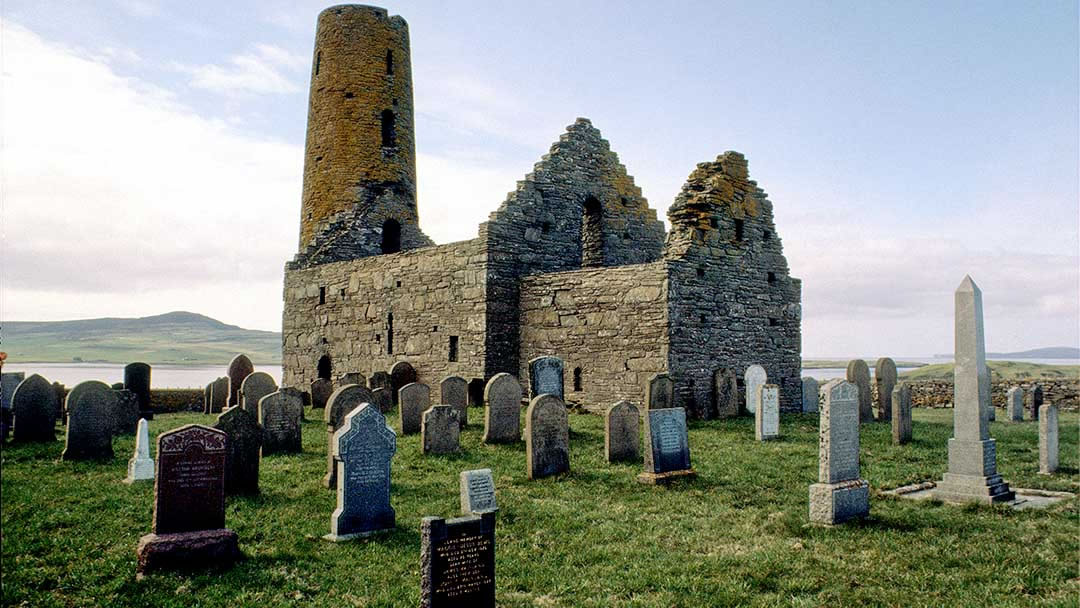
St Magnus Church, Egilsay
Egilsay, Rousay and Wyre are all within close proximity and distinctive St Magnus Church, situated on a rise in the middle of Egilsay with its tall round tower, can be seen from most places on all three islands. Egilsay featured in the Orkneyinga Saga when feuding cousins Earl Magnus and Earl Haakon shared the Earldom of Orkney. To end the fighting, Earl Magnus was murdered on the island of Egilsay in 1117 and was later recognised as a saint.
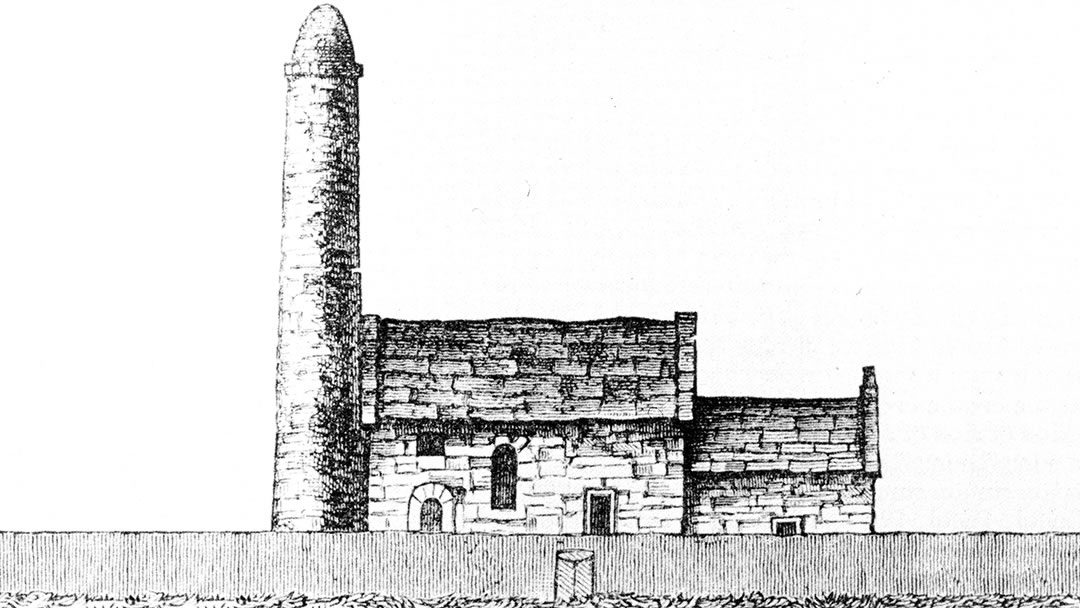
This lovely church was built on the site of an earlier church and is dedicated to Magnus. It’s 20m tall tower served as a beacon for pilgrims; in the past there were also churches with round towers in Deerness and Stenness. St Magnus Kirk now misses its flagstone roof and the tower is now 5m shorter due to a missing conical roof.
This unique church is well worth a visit, as is the cenotaph in Egilsay where Magnus fell.
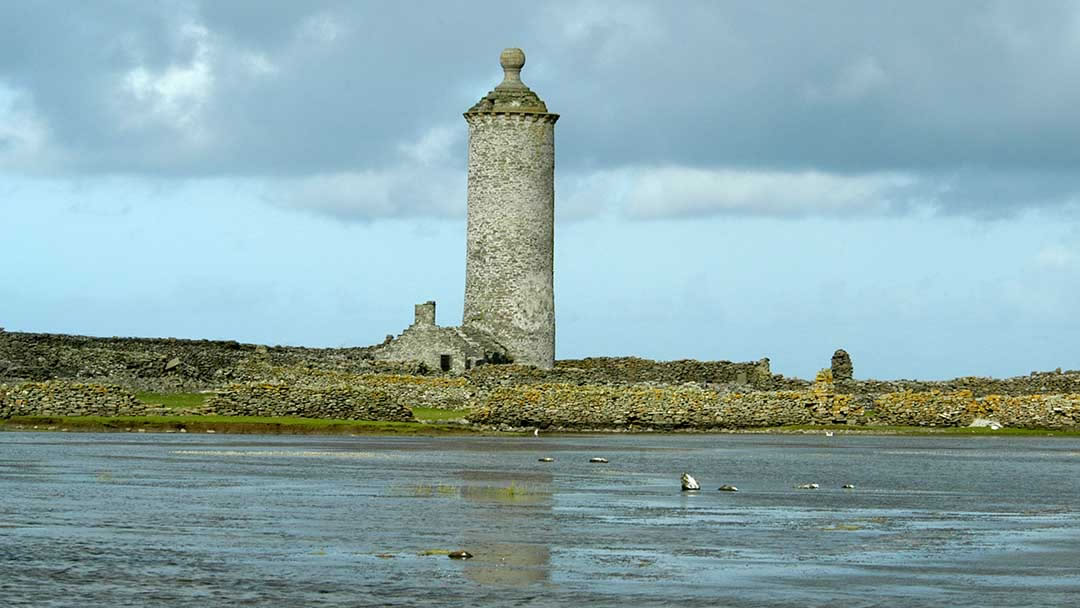
The Old Beacon, North Ronaldsay
When visiting North Ronaldsay, Orkney’s most northerly isle, there’s a really lovely sense of isolation and peace. The island doesn’t have a daily ferry service and many of the old traditions and old ways of fishing and farming have remained in place. As North Ronaldsay is surrounded by several dangerous skerries and is only 23m above the sea level at its highest point, it was once dangerous for ships; many of whom failed to see the low-lying island until it was too late.
The Old Beacon and lightkeeper’s dwellings were constructed in 1789, and it was the first lighthouse in Orkney, lit by a cluster of lamps burning oil. It is quite different to the brick-painted towers that are normally associated with lighthouses though. The rough local undressed stonework and the low tower (at 21m) look almost medieval.
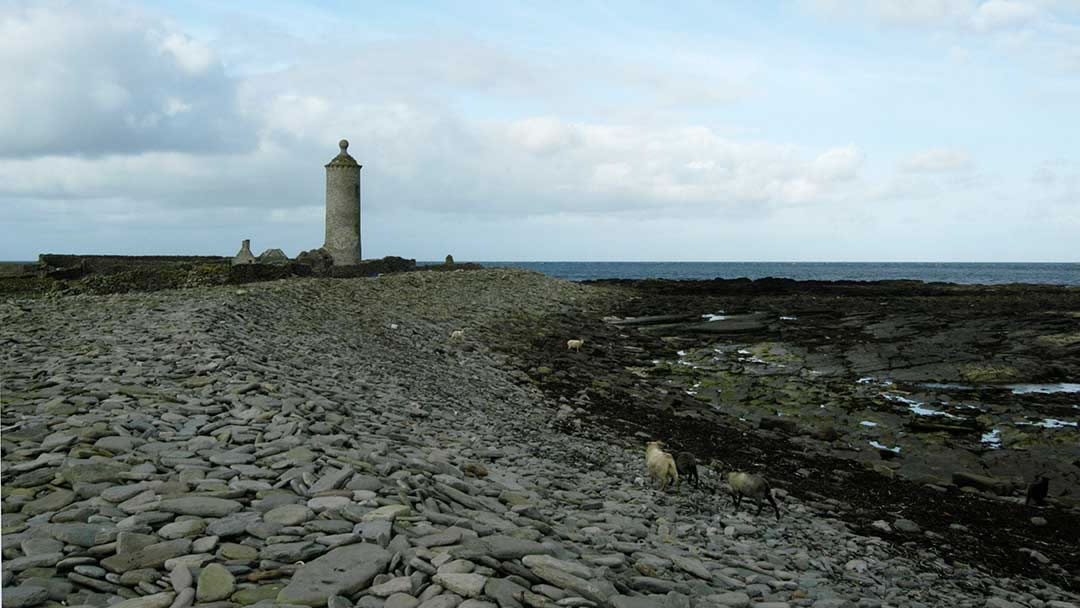
When the light was extinguished in 1809, after Start Point lighthouse was built, its beacon was replaced by a large round stone ball, which completes the look; making the Old Beacon appear like a chess piece!
The Old Beacon, set on the rocky north east shore of North Ronaldsay and surrounded by a blue ocean backed by the sheep dyke is a wonderfully atmospheric place to visit.
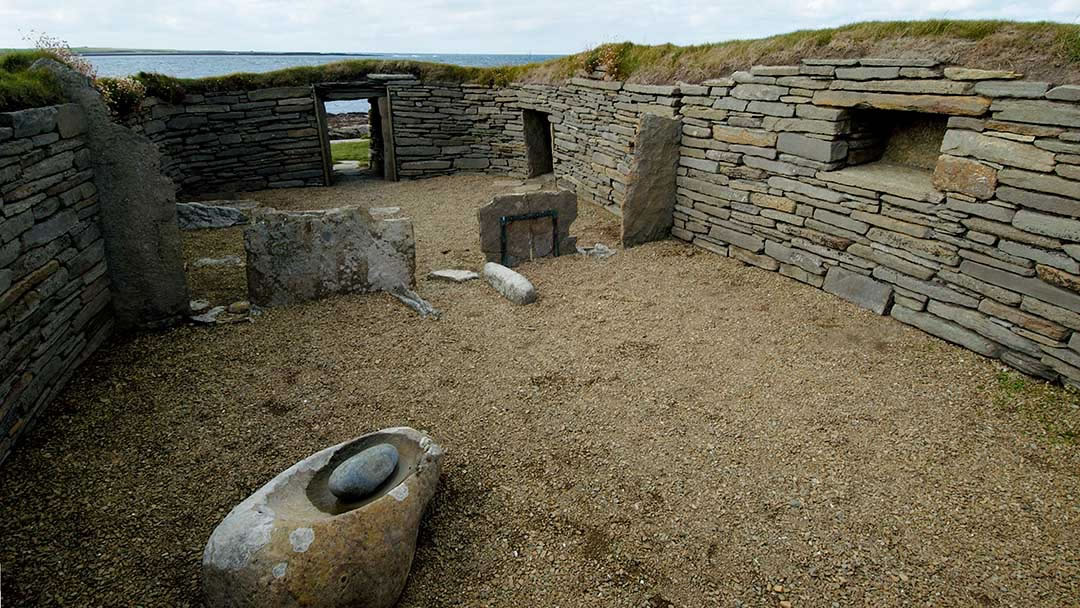
The Knap of Howar, Papa Westray
The lovely island of Papa Westray is well worth visiting; this small peaceful island lies to the east of Westray, and there’s a famous flight to get there; taking less than two minutes between the airfields on both islands. As well as being an island with lovely beaches and seabird cliffs, Papa Westray has the oldest surviving houses in Northern Europe at it’s western shore.
The Knap of Howar was protected in sand and uncovered in the 1930s by severe sea erosion. Two oblong houses were discovered, linked by a passage through the joined walls. They had intact doorways, quernstones, Unstan Ware pottery, stone partitions to make rooms, and walls that still stand 1.6m high. Wooden posts would have held up the roof.
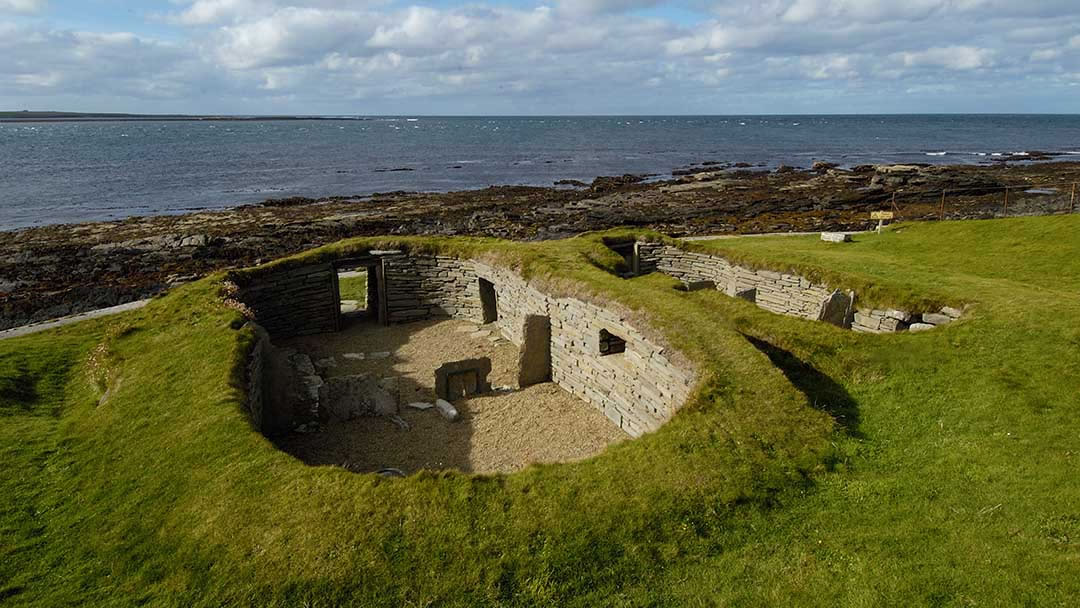
These houses were occupied by Neolithic farmers for over 500 years between 3600 and 3100 BC. Though the Knap of Howar now sits next to the shore; when it was occupied, it would have been located in open grassland. In those times, Westray and Papa Westray were joined together by a bridge of low-lying land.
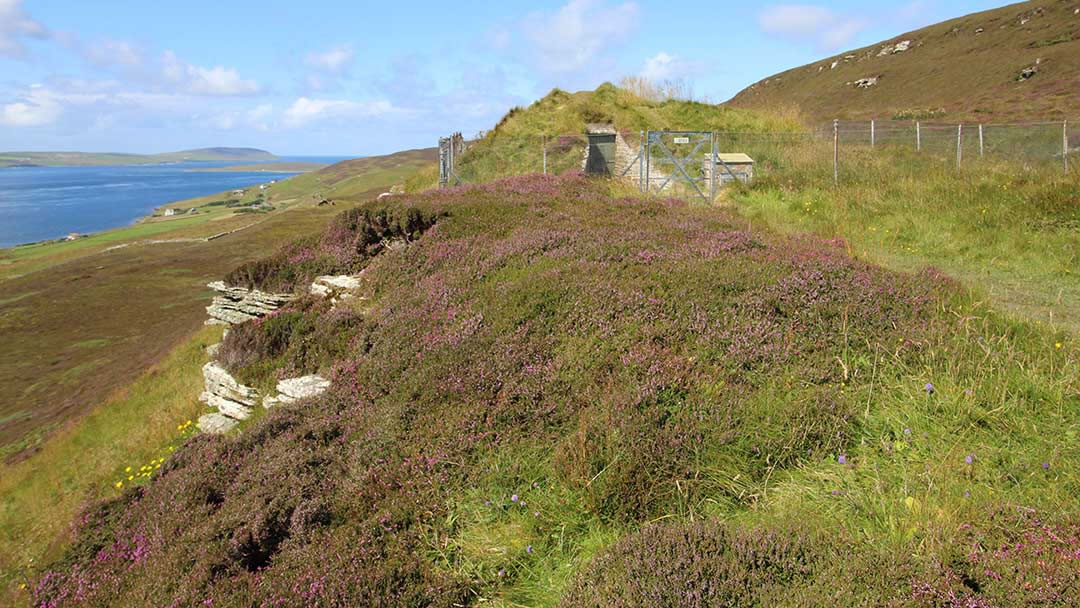
Knowe of Yarso Chambered Tomb, Rousay
It’s tricky to choose a favourite amongst the many archaeological treasures found on Rousay. Midhowe Chambered Cairn is so big it is quite overwhelming and it comes with a bonus broch! We also love the evocative names of Blackhammar Tomb and Taversoe Tuick.
However if we were to choose a favourite it would be the Knowe of Yarso. It requires a bit of a climb up a hillside to reach, but the Knowe of Yarso sits on a ridge 100m above sea level with the most spectacular view over Eynhallow Sound and the Mainland of Orkney.
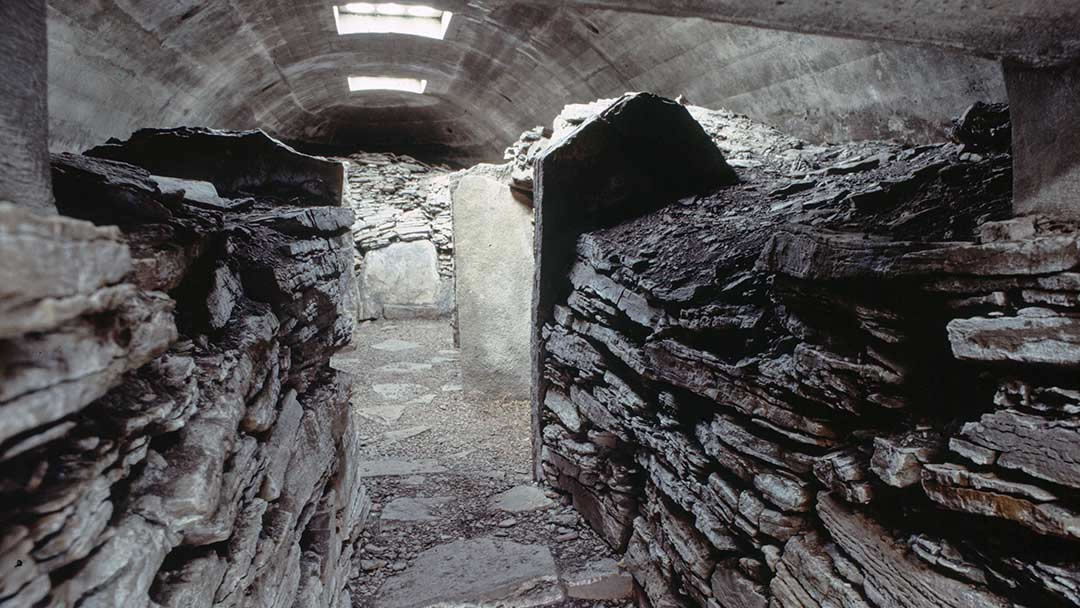
The Knowe of Yarso contained 4 stalled compartments, Bronze Age pottery and the remains of at least 29 people, the bones of sheep, a dog and 36 red deer. Given the location; if we passed away in 3000 BC; this is the tomb we would want to be placed in.
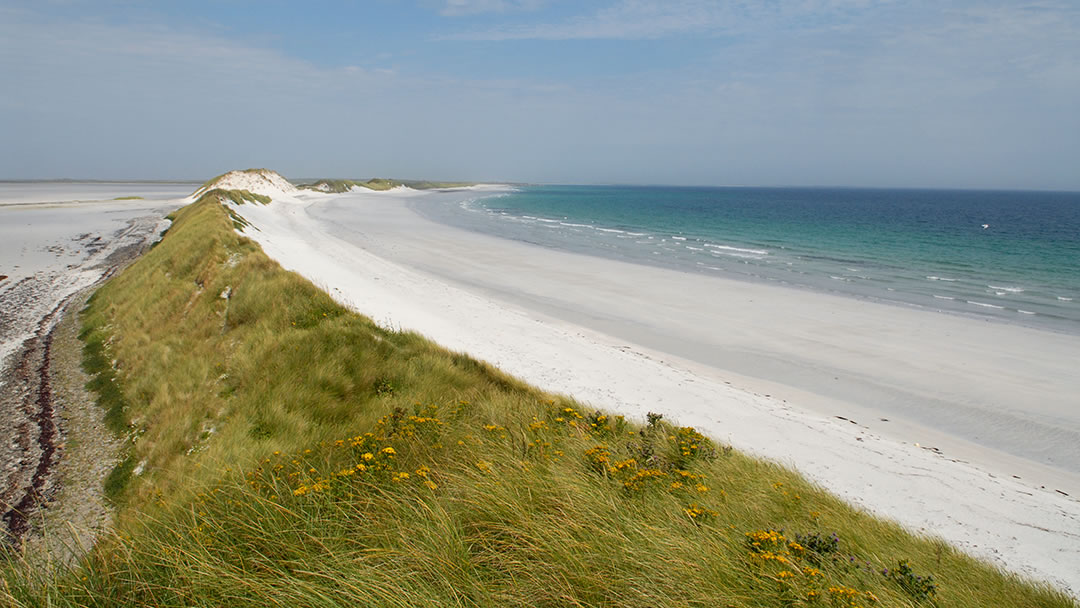
Tresness beach, Sanday
There’s probably no place that better sums up the island of Sanday than the spectacular stretch of sand found at Tresness. Sanday is the largest of the North Isles and it has a low lying coastline of sandy beaches and bays.
Close to the centre of Sanday, a thin peninsula is linked by large white sand dunes to the rest of the island. Photographers will enjoy visiting Tresness but should prepare themselves for incoming dive-bomb attacks by arctic terns. The sand dunes at Tresness are so impressive we’d recommend taking a sledge! There’s an old farm on Tresness and the Broch of Wasso, a 5m high Iron Age ruin.
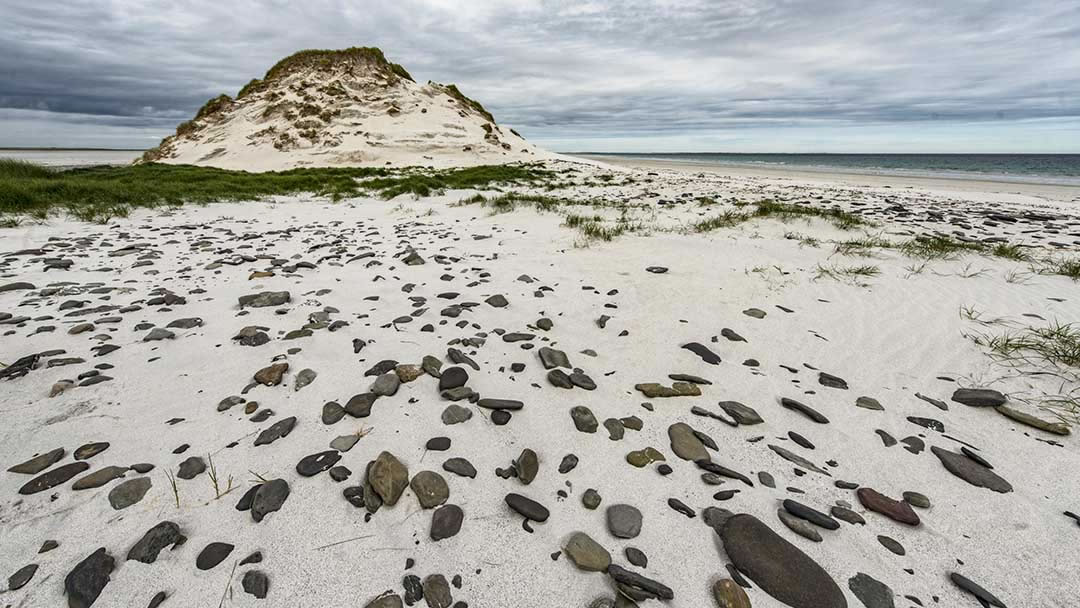
Other fantastic beaches in Sanday include Whitemill Bay, Lopness and Backaskaill Beach, and we’d also recommend a visit to Start Point Lighthouse and Quoyness Chambered Cairn.
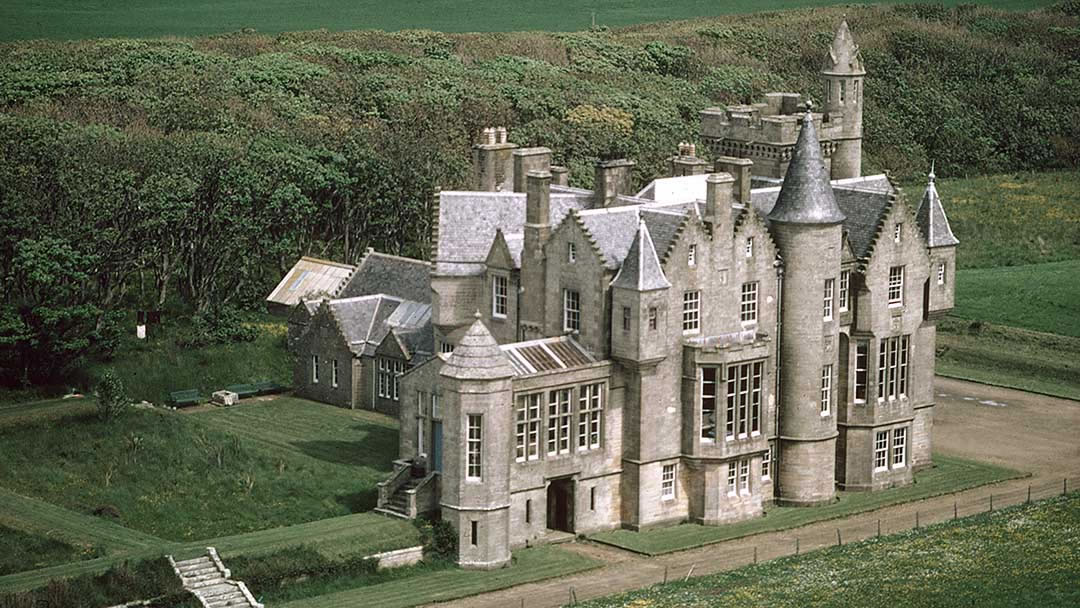
Balfour Castle, Shapinsay
Shapinsay is one of the easiest islands to reach; the ferry ride from Kirkwall takes less than 30 minutes. It’s a lovely island with an impressive standing stone, a broch, Milldam RSPB reserve and lovely beaches. Dominating the north of the island and the shoreline as the ferry sails in, is Balfour Castle, a Scottish Baronial style mansion backed by trees. The original mansion house, the House of Sound, was built in 1674 and Colonel David Balfour bought the Sound estate in 1784. His son William went on to buy the rest of Shapinsay and when David Balfour inherited the estate in 1846 he decided to enlarge and remodel the house. The Balfours also brought about a series of agricultural improvements on Shapinsay and founded Balfour Village.
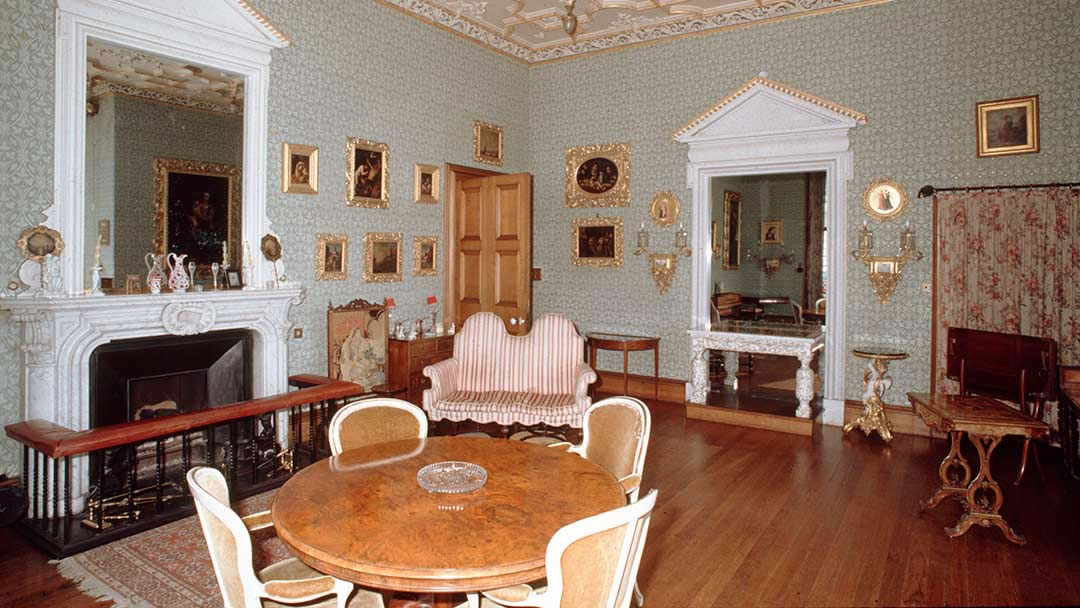
Once complete, Balfour Castle had a castellated tower, turrets, 12 outside doors and 52 rooms. Not much has changed in recent years; Balfour Castle briefly spent a period as a hotel, but it is now a private residence, and the castle and gardens can be admired from afar.
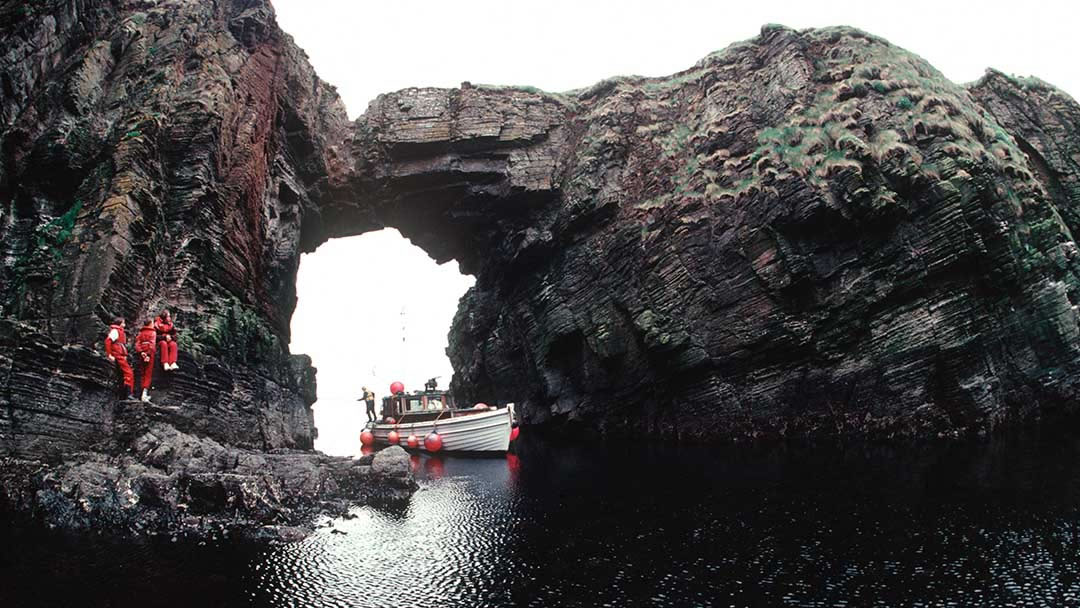
The Vat of Kirbister, Stronsay
Stronsay is an interesting island in that much of it is farmland and the main town of Whitehall very much resembles a fishing village from the North East of Scotland. A highlight of a visit to Stronsay though is a trip to the Vat of Kirbister. This is a collapsed sea cave which has formed the best natural arch and gloup in Orkney. The Vat of Kirbister is located on the south east side of the island, 5 miles from Whitehall, and it is approximately 20 meters high with an 11m span. A walk to the Vat of Kirbister between the headlands of Odness and Lamb Head is particularly recommended, as there are vast amounts of seabirds and some fine coastal scenery to take in. Please resist the temptation to cross the arch though as it is very dangerous.
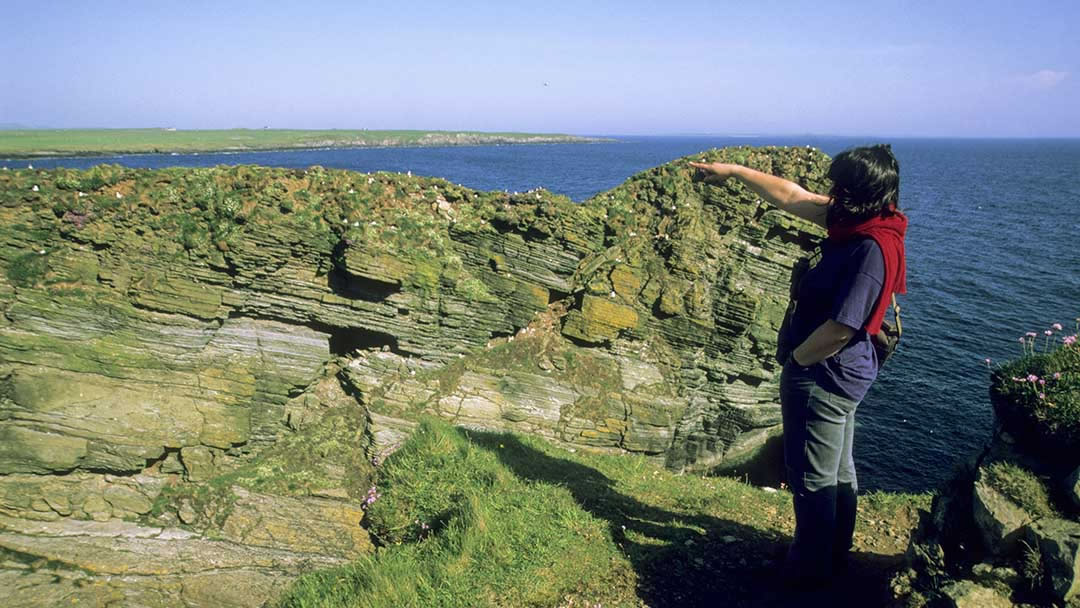
The Castle O’ Burrian, Westray
Westray is often referred to as the ‘Queen O The Isles’ as there is so much to see. Between Noup Head, Pierowall village, Noltland Castle, Grobust beach, and the Castle O’ Burrian, it’s very hard to choose a highlight. However the Castle O’ Burrian (not a real castle but a sea stack) wins because we really like puffins!
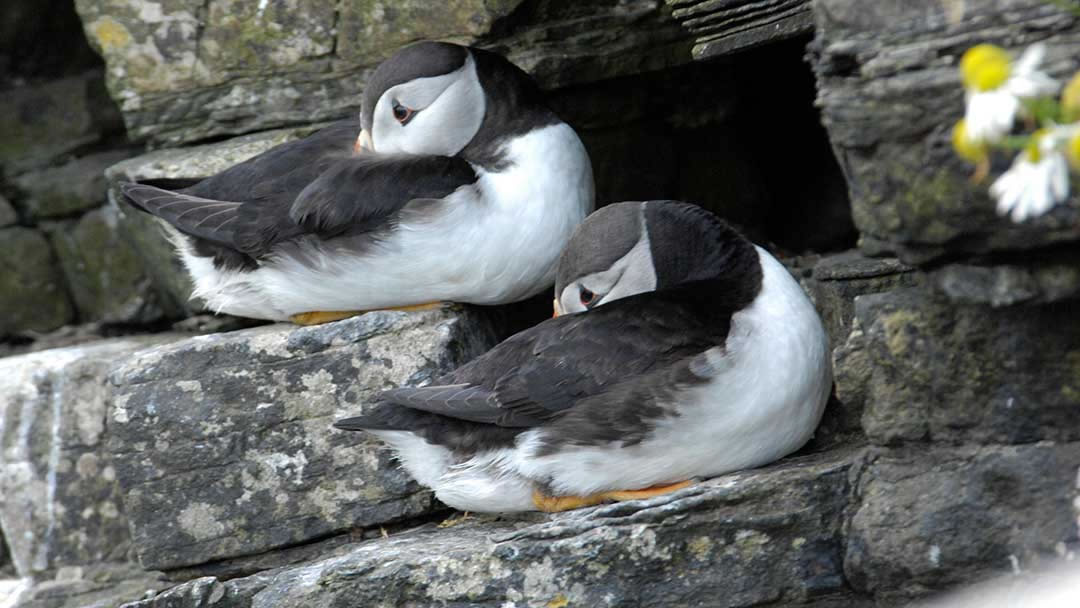
When comparing sea stacks, the Castle O’ Burrian is pretty unimpressive next to the Old Man of Hoy; however this grassy and bulky lump of rock in the south of the island is drilled full of puffin burrows, and between the months of May and July the Castle (and the surrounding cliffs) are known as the best place in Orkney to see puffins. There’s a short (1,200m) walk along uneven ground from the car park at Rapness Mill, to the sea stack and adjacent cliffs, but once there, you and your camera can be within 2 to 3 metres of these colourful birds! As many as 200 to 300 birds nest here and the best time to visit is in the afternoon and evening. Did you know that a baby puffin is called a puffling?
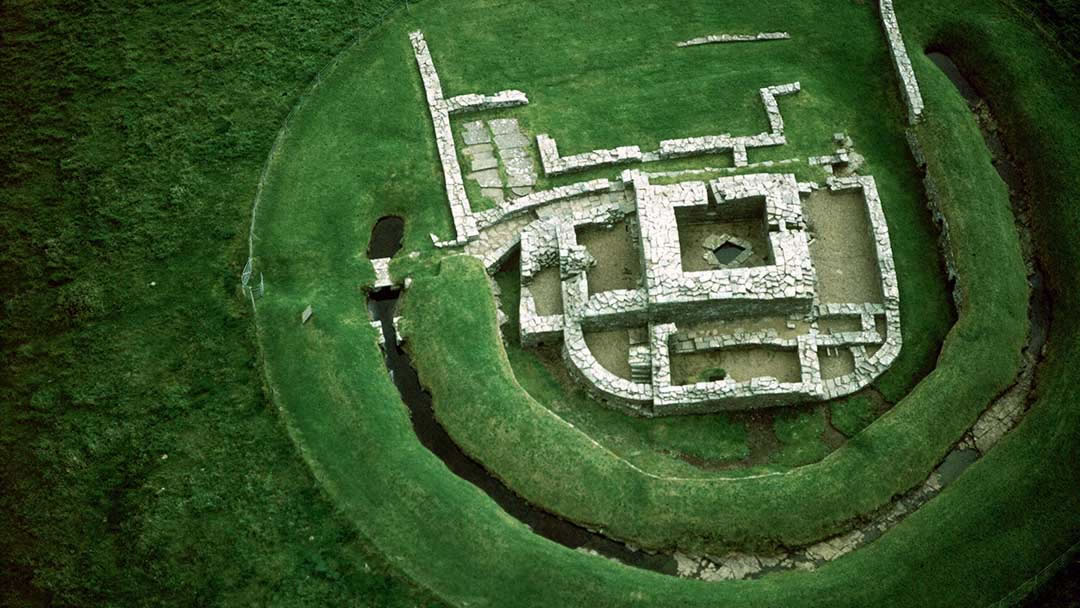
Cubbie Roo’s Castle, Wyre
Cubbie Roo’s Castle is perched on top of a small hillock in the tiny (only 2 miles long) island of Wyre; not only would its occupants have seen everything approaching them on the island, but they would have seen much of the traffic on the sea also. The foundations, the only remains of this thick walled square fortress (one Scotland’s oldest stone castles) leave you with the impression that this was an impressive building ; and there was a handy information board with illustrations nearby to help make sense of what you are looking at. This was a castle built around 1145 AD by Kolbein Hruga. Kolbein was a Norse chieftain and a powerful warrior from the Orkneyinga Saga; his name hrúga suggests that he was a big “heap” of a man.
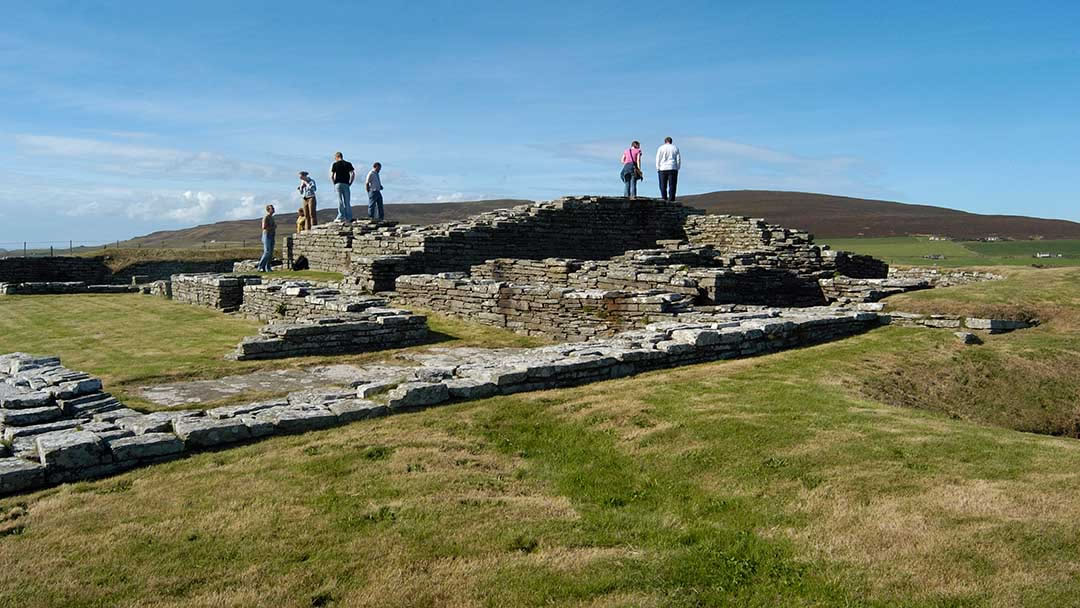
This stronghold has a 8m square stone tower with 2m thick walls, surrounded by a wall and ditch. Quite how tall the tower was in the Castle’s heyday is unclear, but when visiting you’ll notice there are no entrances. This is because the entrance was previously on the first floor, which no longer survives. The castle withstood a siege in 1231 AD when the murderers of Earl John took refuge on Wyre. It’s a fantastic place, set on a lovely little island, to bring your imagination.
 By Magnus Dixon
By Magnus DixonOrkney and Shetland enthusiast, family man, loves walks, likes animals, terrible at sports, dire taste in music, adores audiobooks and films, eats a little too much for his own good.
Pin it!
